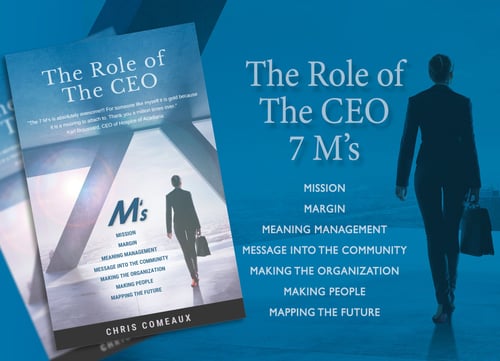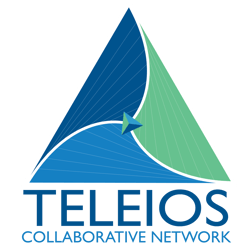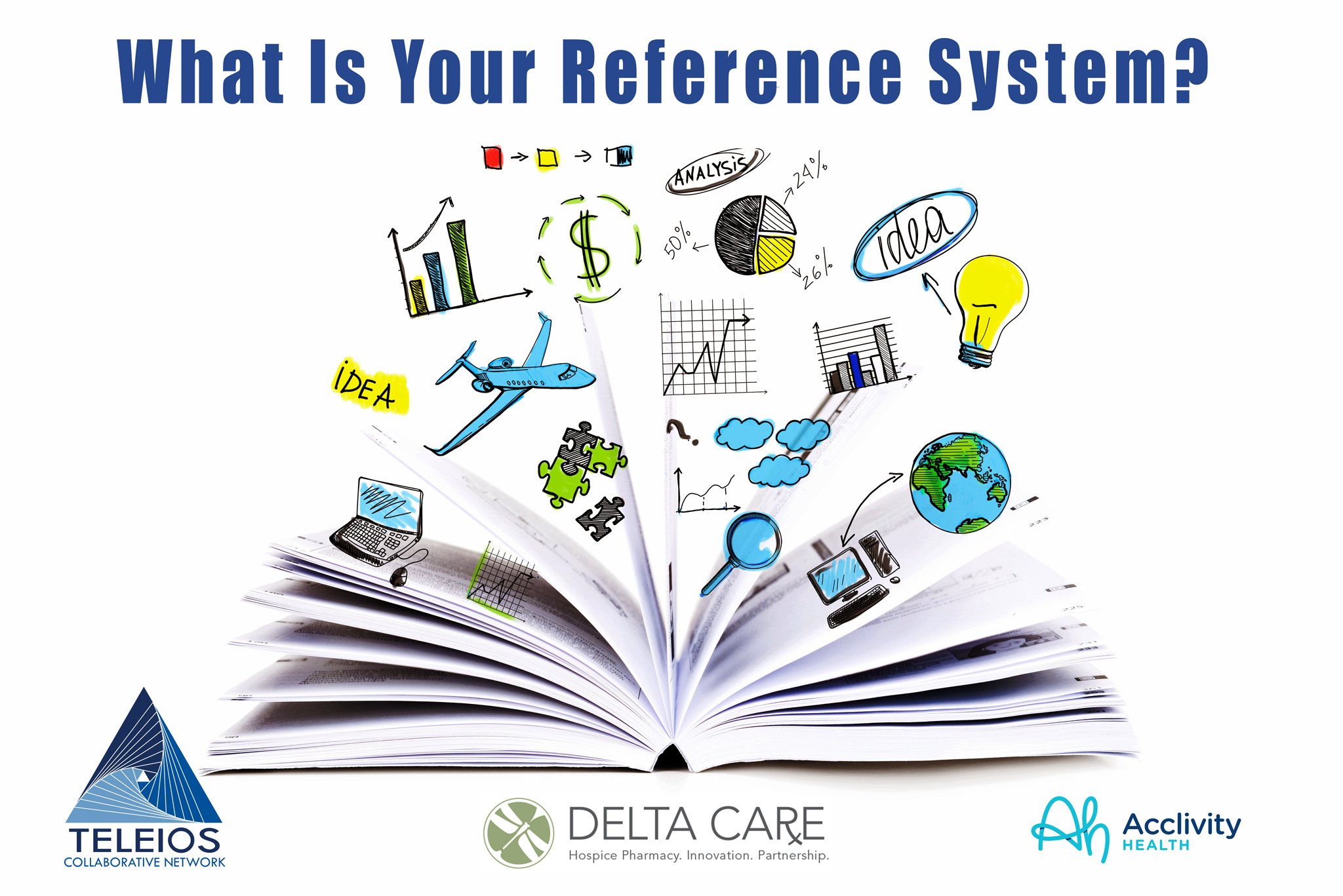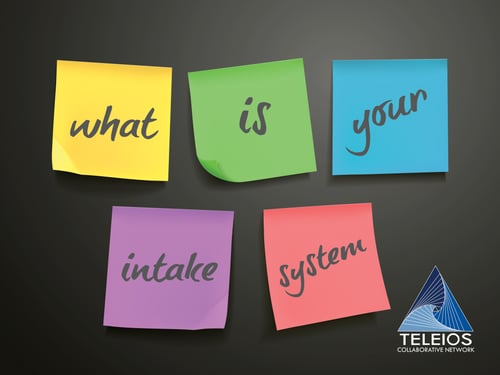Years ago, John Maxwell developed leadership lessons which he distributed via CDs. One of the lessons he taught, which I have never forgotten, is about how important it is that every leader has an organization system. In that lesson, he went on to say that the average executive spends 10 years of his life “looking for stuff”.
When I read that, it occurred to me that, if I had a tight organization system, I could repurpose those years and use them for good and living purposefully rather than “looking for stuff”. This is where I began to discover the 4th fundamental of a great organization system: the reference system.
The reference system allows you to develop a filing system with repositories where you store things that are not actionable today but that you may need at some point in the future. There are many tools you could deploy for a great reference system, and below is a non-exhaustive list of reference tools to explore:
• Email folders. A best practice is to use one folder called “All”. Place emails you will need again there so that your inbox is cleaned out once a week (see the Intake System blog for more info) [read intake
system]. To keep the number of folders in our email to a minimum, create folders temporarily to house conversations, especially if the subject lines of emails about a specific project are not consistent. Once you’ve finished a project, copy and paste the emails back to the “All” folder and delete the folder. This system ensures you have important emails stored, but no longer keep them when they’re not needed.
• Microsoft OneNote is a great reference system for notes, websites, or anything you need to put your hands on quickly. The search function it makes it easy if you don’t remember exactly where you stored it. Similar tools are Evernote, Google Keep, or ToDoist.
• Microsoft Excel. I have an Excel sheet where I index articles I have been reading since 1991. I scan the article and save it electronically, then put the title of the file into my Excel sheet. I also write a line or two about the contents of the article in the Excel sheet as well, so if I am doing research for a presentation I can search the sheet and in seconds I have great articles I have read in the past at my fingertips. I keep all those scanned articles in one folder on my computer.
• Accordion folder. For those who prefer a tangible method, this system may work best. I have an old-school, brown accordion folder that has 3 sets of 31 days and a tab for every month of the year. I use this to “mail” things back to myself. For example: plane tickets, meeting agendas, things that I still prefer in hard-copy form. Though, in our digital age, it is not necessary to use this nearly as much, there are still things everyone needs to have a hard copy of, and this makes a great auxiliary to your reference system.
• Hard Copy folders. Each day, I carry with me three folders that are designated for specific items. A green folder holds things I need a hard copy of for the day, a purple folder holds things that need to be turned in (travel receipts, etc.), and a black folder which holds things that need to be scanned or filed. By using this system, everything has a place, and it’s much easier to keep up with important items.
There are many other tips and tools you could deploy in this section. The key is ensuring that it works for you.
One of the most important aspects of developing a reference system is ensuring that the tools you use are easy for you to use. The ideal system allows you not to have to think about where you’ll file something or find something, so that you can easily retrieve it.
As you’re developing your reference system, take the opportunity to purge and simplify as well. The circular “file drawer” called the trash can is a good place to file things to ensure you keep a clean workspace and clutter-free mind so that you can concentrate on what is most important!
Chris Comeaux, President / CEO of Teleios Collaborative Network



Download the eBook below and unlock your true self-leadership potential.


An organizational model that allows not-for-profit hospices (Members) to leverage best practices, achieve economies of scale and collaborate in ways that better prepare each agency to participate in emerging alternative payment models and advance their charitable missions.








